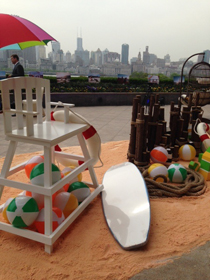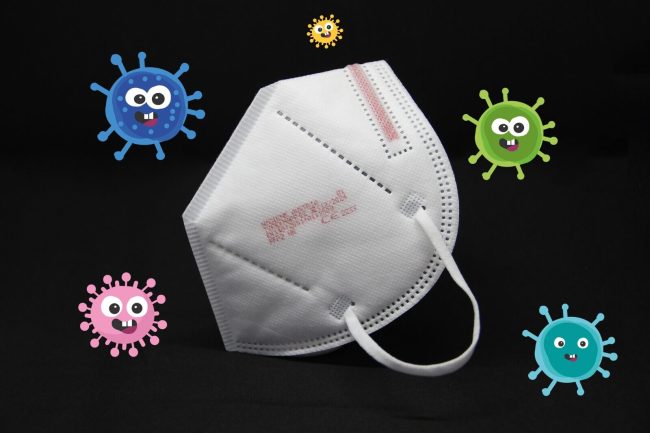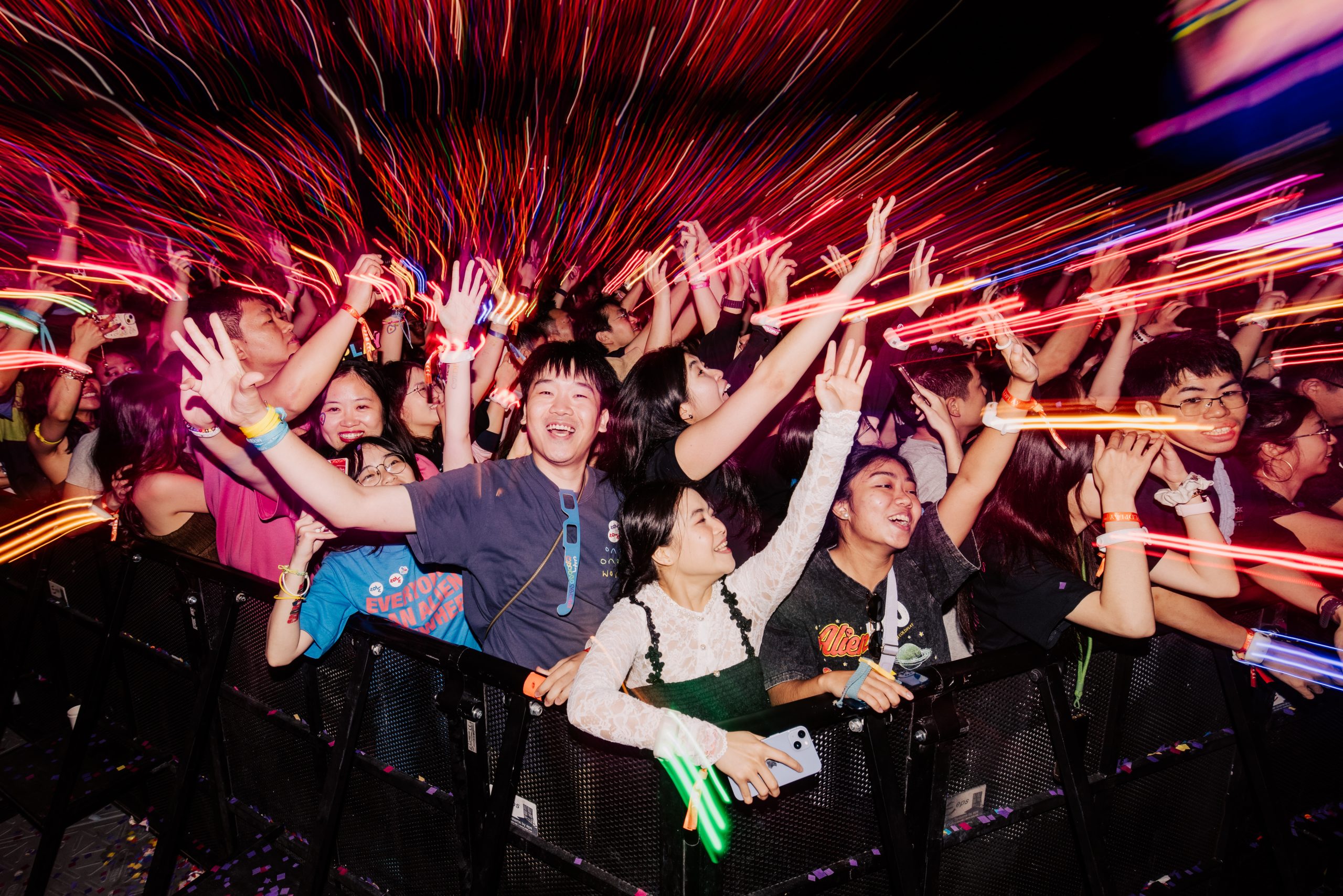What a couple of weeks that was in Shanghai! In the Changfeng district on the Puxi side of the city was IT&CM China with a bustling showfloor of venue and destination exhibitors plus the start of an interesting new era in how the water town of Suzhou is getting behind the training of young people entering China’s MICE industry; more on that later.
 A few days later – April 13-15 – Australia Week got underway with Business Events Australia setting up shop on the other side of the Huangpu River at the Shangri-La Pudong. Following the success of its ongoing food-and-wine themed campaign, Tourism Australia is now wooing Chinese visitors with captivating images of its splendid coastlines and “aquatic adventure”.
A few days later – April 13-15 – Australia Week got underway with Business Events Australia setting up shop on the other side of the Huangpu River at the Shangri-La Pudong. Following the success of its ongoing food-and-wine themed campaign, Tourism Australia is now wooing Chinese visitors with captivating images of its splendid coastlines and “aquatic adventure”.
Chris Hemsworth, the soap-opera star turned action-movie hero, almost stole the show at a gala dinner in event space below the new Shanghai Tower, the world’s second tallest building and an impressive addition to the Pudong skyline.
Though the Thor star was confined to a video greeting played on a 360-degree ballroom screen, his Aussie geniality gave the impression that he’d be delighted to rub shoulders with Chinese incentive and travel buyers soon in Australia. “That’s extremely unlikely to happen,” quipped one Sydney luxury travel organiser beside me. Hemsworth’s latest flick, Into the Heart of the Sea, might offer a consolation.
What is more likely, however, is a smoother course towards Australia compensating for its drop in exports of mineral resources with visitor revenue from the Chinese market.
If the baritone burr of Hemsworth’s voiceover on Tourism Australia’s global campaign is not assuring enough that this shift of emphasis from mining to tourism will work, then a look at some recent figures may do so.
February saw a 5.9 per cent rise in Chinese visitors to 173,600. In 2015, official statistics showed a million visitors from China to Australia. Of these, about 94,000 were business event delegates, says Penny Lion, head of Business Events Australia at Tourism Australia.
She adds that the Australian Bureau of Statistics findings are tracked by Business Events Australia’s international visitor surveys and, though the figures are a good indication, the actual number of MICE visitors could be more. “We believe that a lot of people coming into Australia for a MICE event don’t always say that their purpose is for a MICE event. Just like anybody they might tick leisure travel,” says Lion.
Statistics for February show a 5.9 per cent rise in Chinese arrivals to 173,600, but when January was included to account for the earlier Lunar New Year holiday, the numbers rose to 287,900. The bureau also reported a record of more than AUS$4 billion in tourism revenue.
That’s good enough reason for some heavyweight Australian political entourages to be in Shanghai most of last week. Among them were Tourism Minister Richard Colbeck, who announced more streamlined visa processes for Chinese visitors, and Tasmania Premier Will Hodgman as part of efforts to raise the profile of the island in the China market.
The number of outbound MICE groups is certainly on the up with buyers at IT&CM telling me that terrorism suffered by certain destinations are one of their primary concerns. Other destinations with quality product have been taking this safety factor into account.
For inbound groups, a training weekend organised by industry veteran Alicia Yao and tourism authorities in Suzhou following IT&CM offers hope for better services in China.
It was certainly a busy fortnight – perhaps showing we need a different definition for that age-old American-English term, “Shanghaied”.


